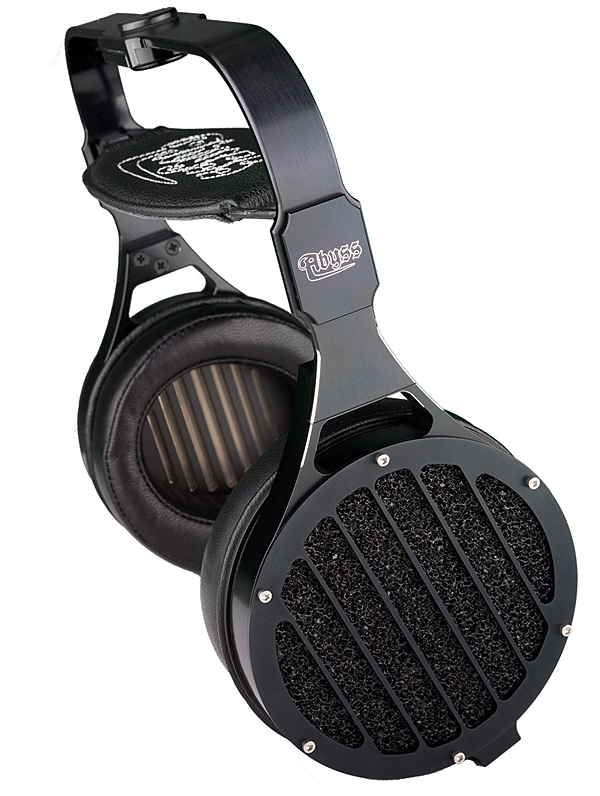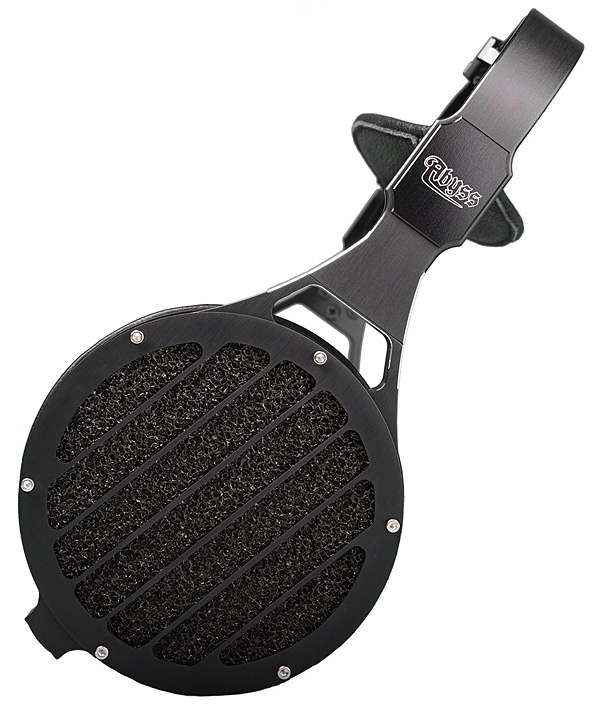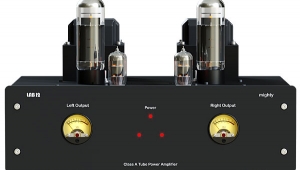| Columns Retired Columns & Blogs |
Still, I was hoping and would've loved to read your report on the new Diana.
My local Linn Dealer i.e. Overture in Ann Arbor is a JPS Dealer that carries the Abyss. They are very nice but not nice enough to bump my Sennheisers off my gear.
I suppose I'll have to venture over to Ann Arbor to hear the new Diana versions. Oh-well
Headphones are cheap. Especially compared to stuff like those Rockports from Maine.
Headphones are probably better transducers, at least I think they are and perhaps Bob Katz, who compares his Audeze 4's to his Superb DynAudio Mastering System.
We're getting great stuff at comparably cheap prices, now-a-days! : the Chord Hugo 2 is about $2,000, the portable Mojo runs about $1,100 fully loaded and those new Schiit Separates will cost out around $2,100 for the very powerful Mono System. Phew!!!
This stuff is giving PrimaLuna a darn good run for the Money $$$$$$!
We're winning!!
Tony in Michigan
ps. Trumpcare is dead











































